- ~90 minutes before annularityPartial eclipse begins
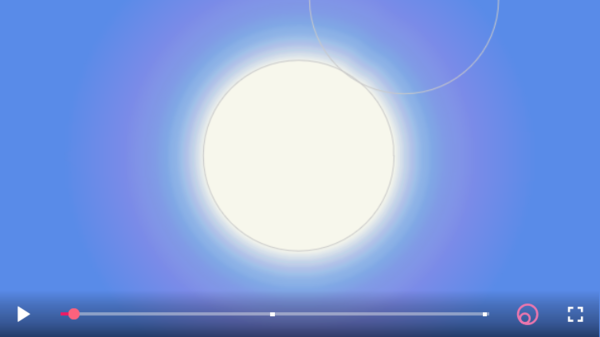
©timeanddate
The moment the edge of the Moon appears to touch the edge of the Sun is called first contact. Eclipse glasses MUST ALWAYS be used for looking at the Sun—at no point during an annular eclipse does the Moon completely cover the Sun.
Note: the timings shown on this page are rough approximations. No two eclipses are the same, and the exact timings depend on your location at a particular eclipse.
Similarly, the images on this page (some of which are taken from our live stream of the June 2020 annular eclipse across India) are rough indications of what can be seen. Again, the actual views depend on your location at a particular eclipse.
- ~60 minutes before annularityObscuration at 25%
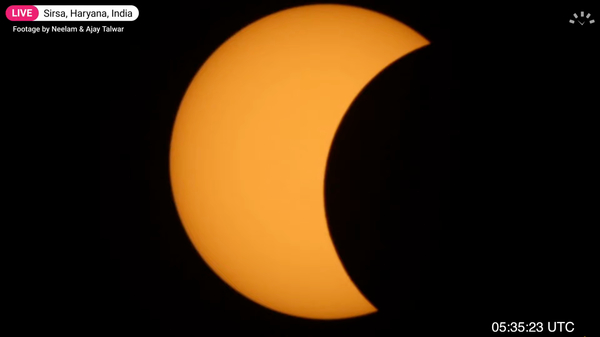
©timeanddate/Neelam & Ajay Talwar
The eclipse progresses: one-quarter of the area of the Sun’s disk is now covered by the Moon.
- ~50 minutes before annularityTemperature changes

©iStockphoto.com/narith_2527
As the Moon continues to cover up the Sun, the amount of solar energy reaching the ground decreases, causing a drop in air temperature.
- ~45 minutes before annularitySharp & blurry shadows
Shadow edges that are aligned with the Sun’s narrowing crescent start to become sharper; edges that lie at right angles to the Sun’s crescent shape remain more blurry.
- ~30 minutes before annularitySky darkens
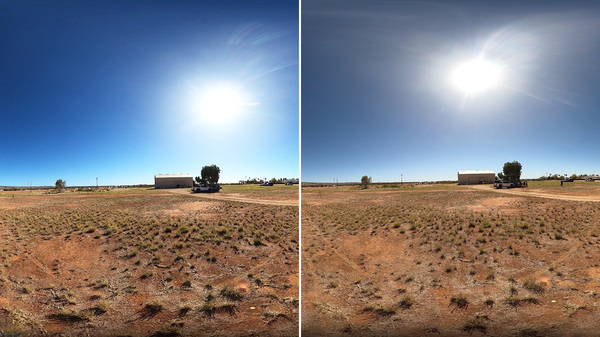
©timeanddate
With around two-thirds of the Sun’s disk now covered by the Moon, the sky starts to become noticeably darker.
- ~20 minutes before annularityTemperature, humidity & wind
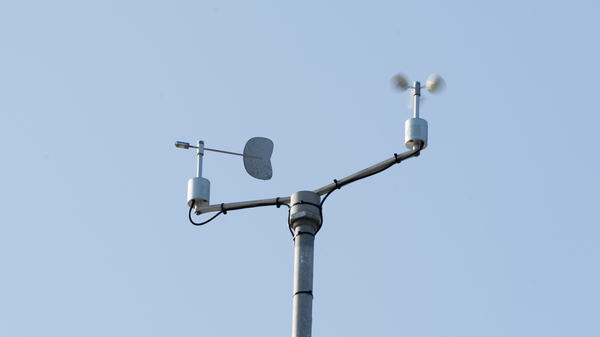
©iStockphoto.com/Moorefam
Conditions on the ground and in the atmosphere continue to change as the amount of solar energy decreases—the Moon’s shadow can cause small changes in wind strength and direction.
- ~15 minutes before annularityLight level & colors
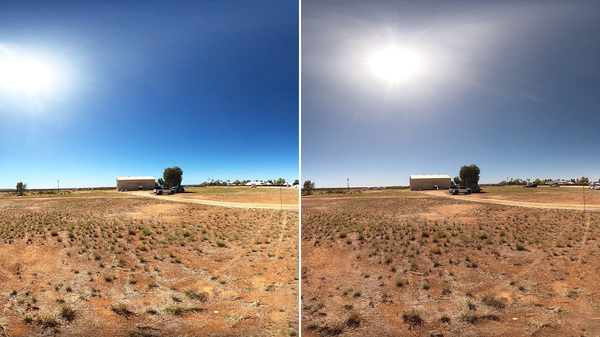
©timeanddate
The surroundings start to darken, while colors begin to turn grayish; the Moon now eclipses more than three-quarters of the Sun’s disk.
- ~10 minutes before annularityNature reacts

©iStockphoto.com/sieprawski
Night comes early: the behavior of animals and plants starts to be affected by falling levels of light.
- ~5 seconds before annularityBaily’s beads
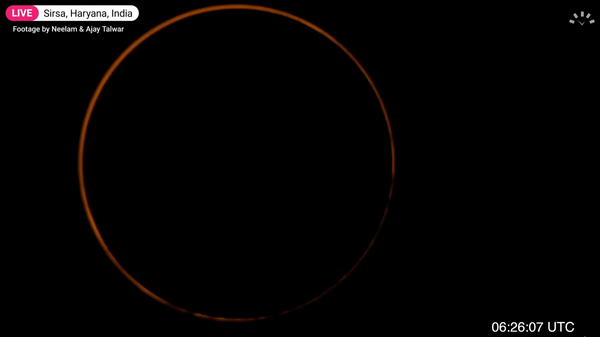
©timeanddate/Neelam & Ajay Talwar
Just before annularity, beads of sunlight stream through valleys along the edge of the Moon.
- AnnularityAnnularity begins

©timeanddate
The moment the Sun forms a ring around the Moon is called second contact. The thin circle of sunlight that remains is still dangerous to the naked eye—eclipse glasses should NOT be removed during an annular eclipse.
- AnnularityRing of fire
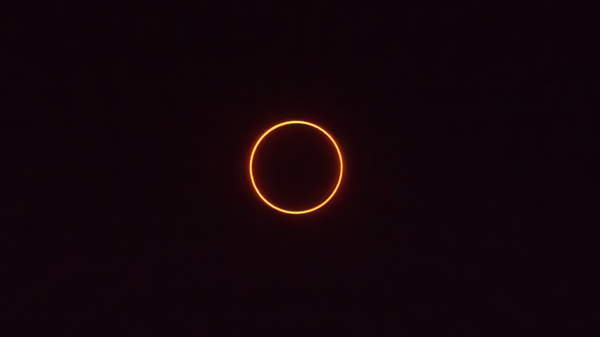
©iStockphoto.com/hashim mahrin
The Sun shines as a dazzling annulus (from the Latin word for a ring) around the dark silhouette of the Moon.
- AnnularityEclipse at maximum

©timeanddate
The deepest point of the eclipse, when the Sun is at its most hidden behind the Moon. This is roughly the halfway point: the features of the eclipse now repeat in reverse order.
- AnnularityAnnularity ends
The moment the edge of the Moon exposes the Sun is called third contact. The eclipse switches from being annular back to partial.
- As annularity endsBaily’s beads

©timeanddate/Neelam & Ajay Talwar
A new set of Baily’s beads appears along the edge of the Moon, signaling the start of the second partial phase of the eclipse.
- ~10 minutes after annularityNature returns to normal

©Unsplash.com/Bruno_Guerrero
Night turns to day once again: animals and plants are going back to their usual patterns of behavior.
- ~15 minutes after annularityLight levels & temperature
The conditions of the sky and surroundings are returning to normal; temperature changes are delayed slightly by an effect called thermal lag.
- ~60 minutes after annularityObscuration at 25%
With around half an hour to go until the eclipse reaches its end, one-quarter of the Sun’s disk remains covered by the Moon.
- ~90 minutes after annularityPartial eclipse ends
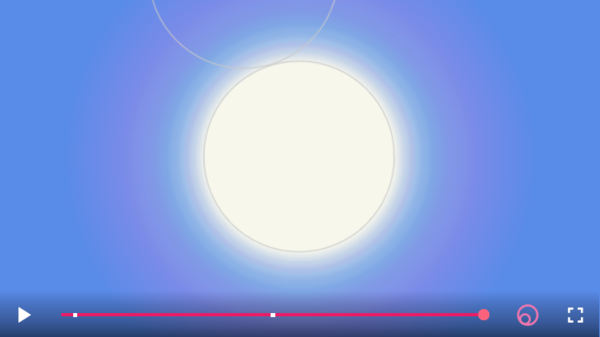
©timeanddate
The moment the edge of the Moon leaves the edge of the Sun is called fourth contact. Although the eclipse has finished at this location, the Moon’s shadow continues to travel across the globe from west to east.













